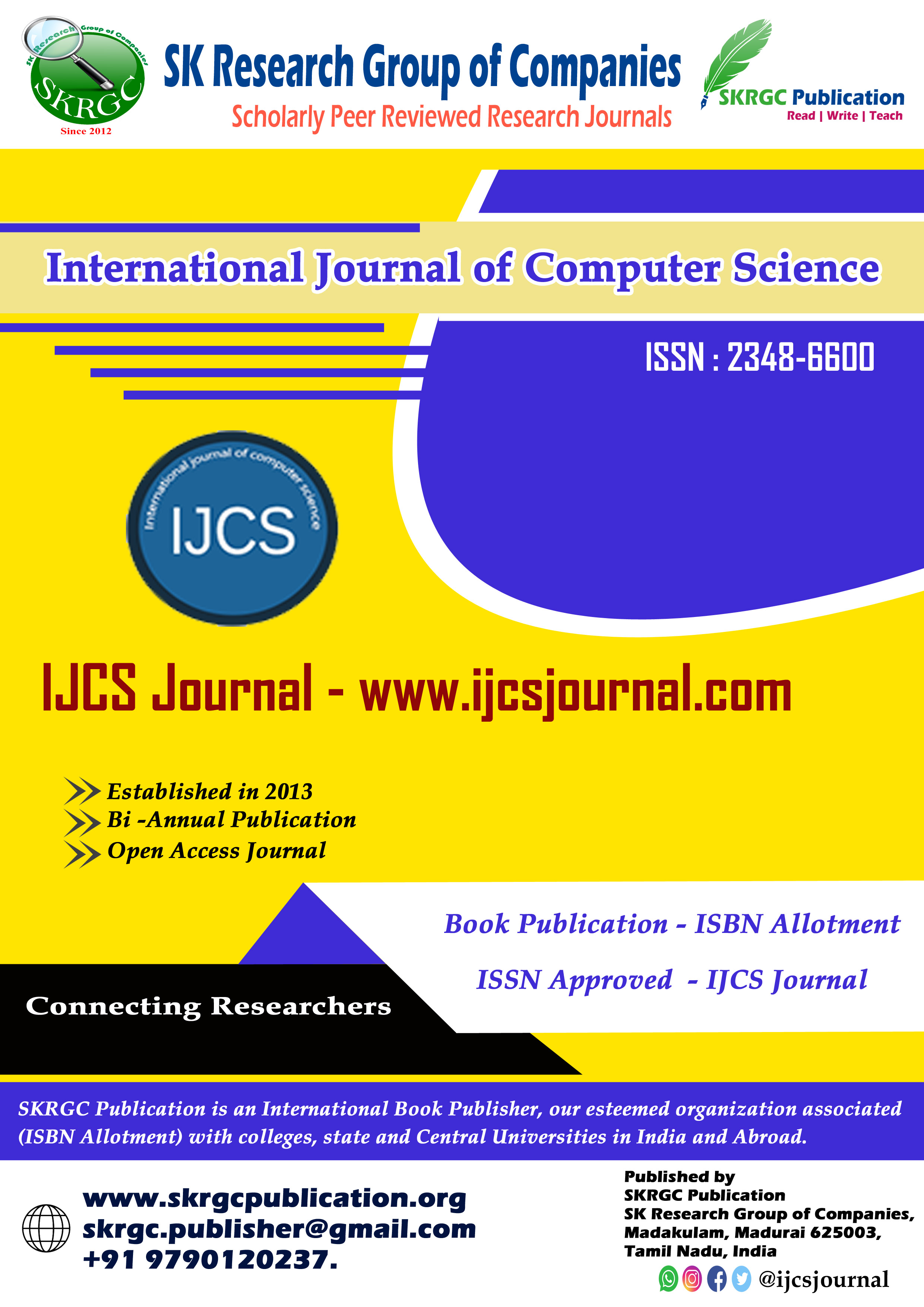PRIVACY AWARE SECURED COMMUNICATION BY SERVING WEB EXPLOITING EMAIL TUNNELS
International Journal of Computer Science (IJCS) Published by SK Research Group of Companies (SKRGC).
Download this PDF format
Abstract
Open communications over the Internet pose serious threats to countries with repressive regimes, leading them to develop and deploy censorship mechanisms within their networks. Unfortunately, existing censorship circumvention systems do not provide high availability guarantees to their users, as censors can easily identify, hence disrupt, the traffic belonging to these systems using today’s advanced censorship technologies., we propose serving the Email Tunnels, a highly available censorship-resistant infrastructure. It works by encapsulating a censored user’s traffic inside email messages that are carried over public email services like Gmail and Yahoo Mail. We implement a tunneled sever that can used to reduce communication overhead among the web mail server. We propose a technique that will implement a secured data sharing via two mail account for a single user which can be used for different purposes i.e. alien mail and domestic mail. Both are secured in different ways of communication. That is mainly created to reduce the communication delay. By passing email via our tunneled server data traffic will be reduced. Even we can send the emails to blocked destinations. With the help of alien mail server the data transactions won’t be leaked out even with the censorship circumvention because the data will be encrypted using efficient triple DES algorithm. Likewise the censor will not be able to identify tunneled messages from their recipient fields in domestic mail. Also, the use of steganography/encryption to embed tunneled data renders DPI (deep packet inspection) infeasible.
References
[1] J. Boyan. The Anonymizer: Protecting User Privacy on the Web. ComputerMediated Communication Magazine, 4(9), Sept. 1997.
[2] S. Burnett, N. Feamster, and S. Vempala. Chipping Away at Censorship Firewalls with User-Generated Content. In USENIX Security Symposium, pages 463–468. USENIX Association, 2010.
[3] C. Callanan, H. Dries-Ziekenheiner, A. Escudero-Pascual, and R. Guerra. Leaping Over the Firewall: A Review of Censorship Circumvention Tools, Mar. 2010.
[4] J. Chen, D. Hutchful, W. Thies, and L. Subramanian. Analyzing and accelerating web access in a school in peri-urban india. In WWW (Companion Volume), 2011.
[5] Clarke, T. W. Hong, S. G. Miller, O. Sandberg, and B. Wiley. Protecting Free Expression Online with Freenet. IEEE Internet Computing, 6(1):40–49, 2002.
[6] I. Cooper and J. Dilley. Known HTTP Proxy/Caching Problems. Internet RFC 3143, June 2001.
[7] R. Dingledine and N. Mathewson. Design of a blocking-resistant anonymity system. Technical report, The Tor Project, Nov. 2006.
[8] R. Dingledine, N. Mathewson, and P. Syverson. Tor: The Second-Generation Onion Router. In M. Blaze, editor, USENIX Security Symposium, Berkeley, CA, USA, 2004. USENIX Association.
Keywords
Email Tunnels, Mail server, Tunneled Server, Deep Packet Inspection.

